There’s some exciting TV and film news about several of my books that I wish I could tell you (and hope to be able to soon). But while I wait for the greenlight to share that news with you, I can tell you this…
There’s a MYSTERY 101 marathon this weekend….all five movies in the hit series I co-created with my friend Robin Bernheim…and it culimates with the Sunday night (March 21) world premiere of KILLER TIMING, the all-new, sixth movie in the series…with special guest star Erin Cahill, who starred in my 2009 action movie FAST TRACK NO LIMITS. You can find out more about KILLER TIMING, and get a sneak peek, right here.
Lawrence Block’s new anthology COLLECTIBLES is now available for pre-order… and includes a short story by me. The collection scored a rave review from Publishers Weekly:
Standouts include Dennis Lehane’s gilt-edged chiller, “A Bostonian (in Cambridge),” in which a wealthy collector of letters of abandonment falls prey to wily blackmailers, and Joe Lansdale’s “The Skull Collector,” a gangster yarn featuring gun-toting female grave robbers. Other stories, like David Rachel’s “Devil Sent the Rain Blues,” in which greed, paranoia, and excitement hinder a trader’s attempts to acquire an extremely rare 78 rpm record, seem tame by comparison. Overshadowing everything, though, is Lee Goldberg’s “Lost Shows,” a delightful shocker about a fanatical collector of short-lived and unaired TV shows who has turned his Hollywood home into a mausoleum of lost dreams.
To say I’m flattered by the praise is an understatement. I am so fortunate to be in such stellar company.
You can order the “collectible,” limited edition hardcover here. The ebook and paperback editions will be coming later in the year.
Also coming later this year is GATED PREY, the third Eve Ronin novel. It will be out in October but is available now for pre-order and earned some very kind words from Rachel Howzell Hall, author of And Now She’s Gone, a 2020 Los Angeles Times Book Prize finalist. She says:
I whipped my head back and forth reading GATED PREY. So twisty, so funny and so L.A.–a few of my favorite things. After zooming through these pages, I’ll ride shotgun with Lee any day!
Ditto, Rachel! Here’s the scoop on GATED PREY:
A simple sting operation takes a violent and unexpected turn for Detective Eve Ronin in a gripping thriller by #1 New York Times bestselling author Lee Goldberg.
Los Angeles County Sheriff’s detective Eve Ronin and her soon-to-retire partner, Duncan Pavone, are running a 24-7 sting in a guard-gated enclave of palatial homes in Calabasas. Their luxury McMansion is a honey trap, set to lure in the violent home invaders terrorizing the community. The trap works, leaving three intruders dead, a body count that nearly includes Eve and Duncan.
Eve’s bosses are eager to declare the case closed, but there are too many unanswered questions for her to let go. Was the trap actually for her, bloody payback for Eve’s very public takedown of a clique of corrupt deputies? Or is there an even deadlier secret lurking behind those opulent gates? Eve’s refusal to back down and her relentless quest for the truth make her both the hunter…and the prey.
I hope to get started writing the fourth “Eve Ronin” adventure very, very soon. But to do it, I will have to start following some of the advice I give in this new Q&A interview with the Advice to Writers site:
Have you ever suffered from writer’s block?
Never. I’ve hit walls plotting, or had questions about what a character should say or do next in a chapter or scene, but that’s not a block. That’s writing.
What’s the best writing advice you’ve ever received?
Put your butt in the chair and write, even if it’s crap. You can’t rewrite a blank page.
I got a nice surprise in the latest issue of Mystery Scene Magazine. Respected mystery critic (and stellar crime novelist himself) Dick Lochte included the audio edition of my novel LOST HILLS, the first “Eve Ronin” adventure, among his five favorite audio books of 2020, calling it “a brisk, character-driven police procedural…good fun, marked by smart plotting and sharp dialogue, winningly narrated by Nicol Zanzarella.” I thought she did a great job, too. And be sure to check out her reading of the sequel, BONE CANYON. Also in the new issue, Kevin Burton Smith (founder and curator of the wonderful Thrilling Detective Site) included Ralph Dennis’ ALL KINDS OF UGLY, his long-lost final HARDMAN novel, among his favorite books of 2020, saying:
“Lee Goldberg and Brash Books get two thumbs up for resurrecting the bits and pieces of a long-lost manuscript and finally giving Ralph Dennis’ much-loved Jim Hardman the send-off he deserves. UGLY is some kind of beauty: a pure distillation of Grade-A Hard-Boiled Pulp that dares to reach for more.”
I really appreciate that review, since resurrecting Ralph Dennis’ books, and publishing his lost novels, has been a passion project for me, one I talked about in this Crime Reads essay.
Okay, that’s it for today. I hope to be back with some news, anecdotes, excerpts from The Mail I Get, reviews, or my random musings, very soon.
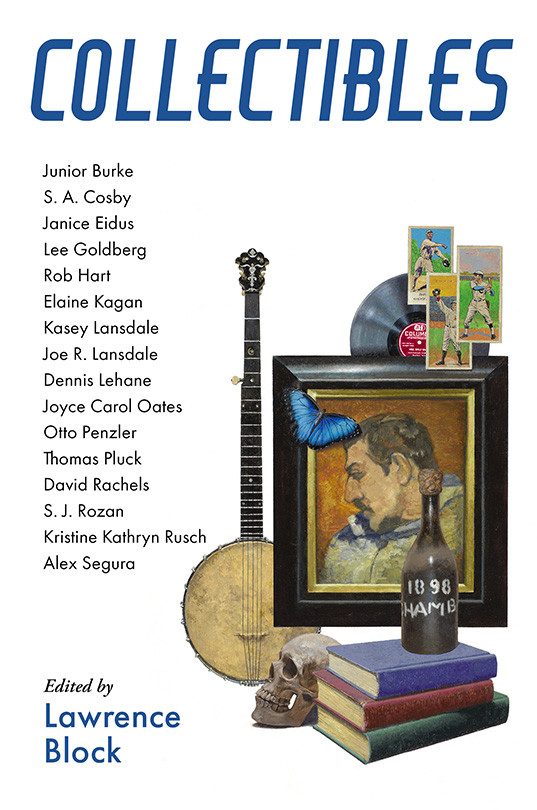
 How to never sell your book…
How to never sell your book…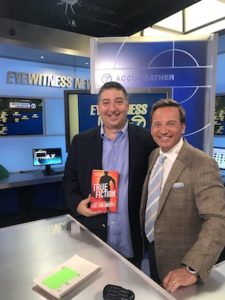 There is are a lot of Lee Goldbergs out there. One of them is a popular weatherman at WABC in New York…and I get a lot of emails meant for him. I always reply and politely tell them they have the wrong Lee Goldberg (which you’d think would be obvious from the face on my website). By the same token, Lee the Weatherman also gets a lot of emails about my books. We met a few years ago and he invited me on his show. It was a lot of fun.
There is are a lot of Lee Goldbergs out there. One of them is a popular weatherman at WABC in New York…and I get a lot of emails meant for him. I always reply and politely tell them they have the wrong Lee Goldberg (which you’d think would be obvious from the face on my website). By the same token, Lee the Weatherman also gets a lot of emails about my books. We met a few years ago and he invited me on his show. It was a lot of fun.


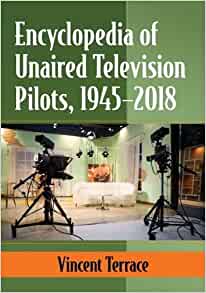 I couldn’t help myself and bought Vincent Terrace’s outrageously over-priced
I couldn’t help myself and bought Vincent Terrace’s outrageously over-priced 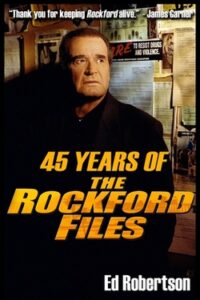 Ed Robertson just released
Ed Robertson just released 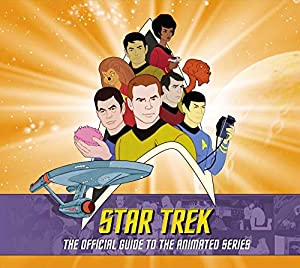 Sometimes it seems like there’s an entire segment of the publishing industry devoted only to producing books that examine every aspect of Star Trek, and it’s many sequels and spin-offs, to an almost molecular level. Some of those books are quite good (like Marc Cushman’s massive reference works). Some are just coffee-table books full of pretty pictures targeted like a tractor beam to lift every last cent from a Trekker’s wallet.
Sometimes it seems like there’s an entire segment of the publishing industry devoted only to producing books that examine every aspect of Star Trek, and it’s many sequels and spin-offs, to an almost molecular level. Some of those books are quite good (like Marc Cushman’s massive reference works). Some are just coffee-table books full of pretty pictures targeted like a tractor beam to lift every last cent from a Trekker’s wallet. 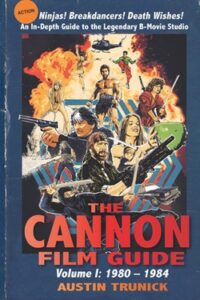 I only meant to skim Austin Trunick’s
I only meant to skim Austin Trunick’s 